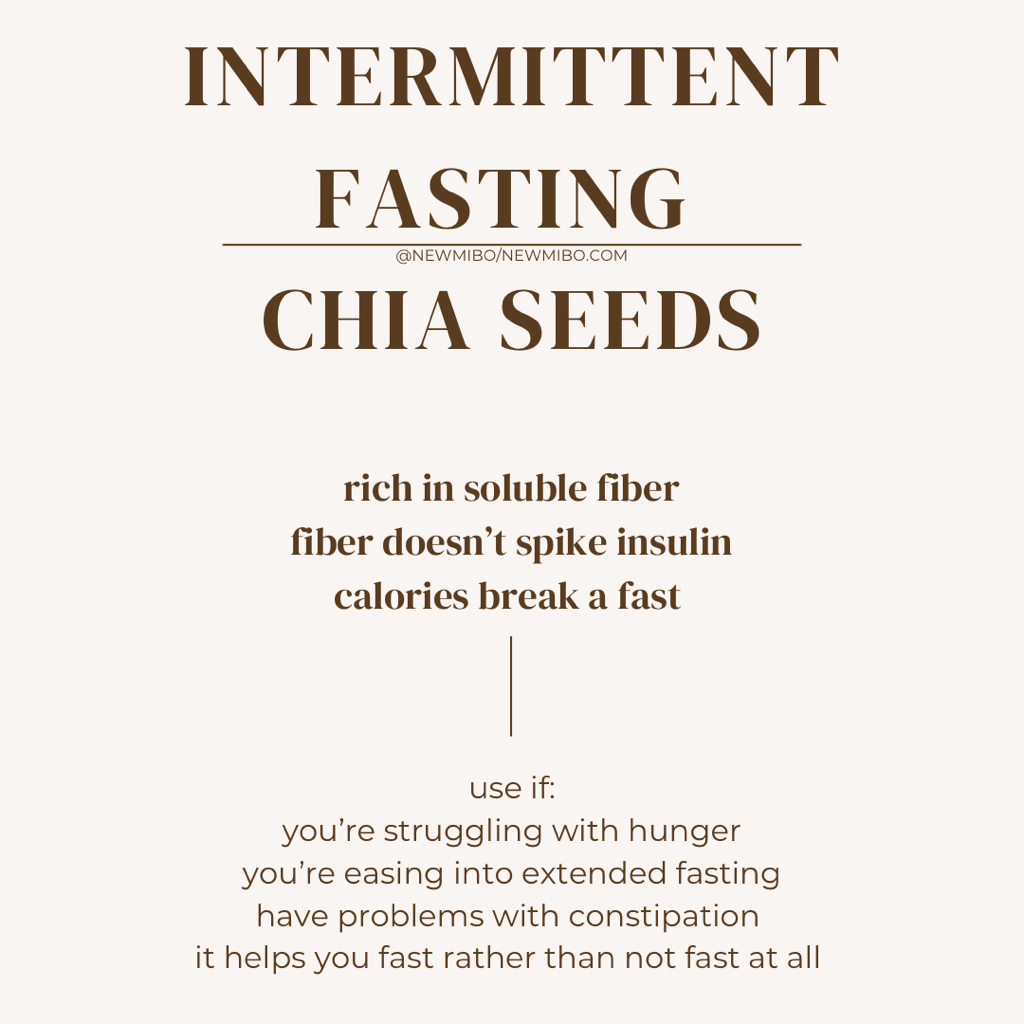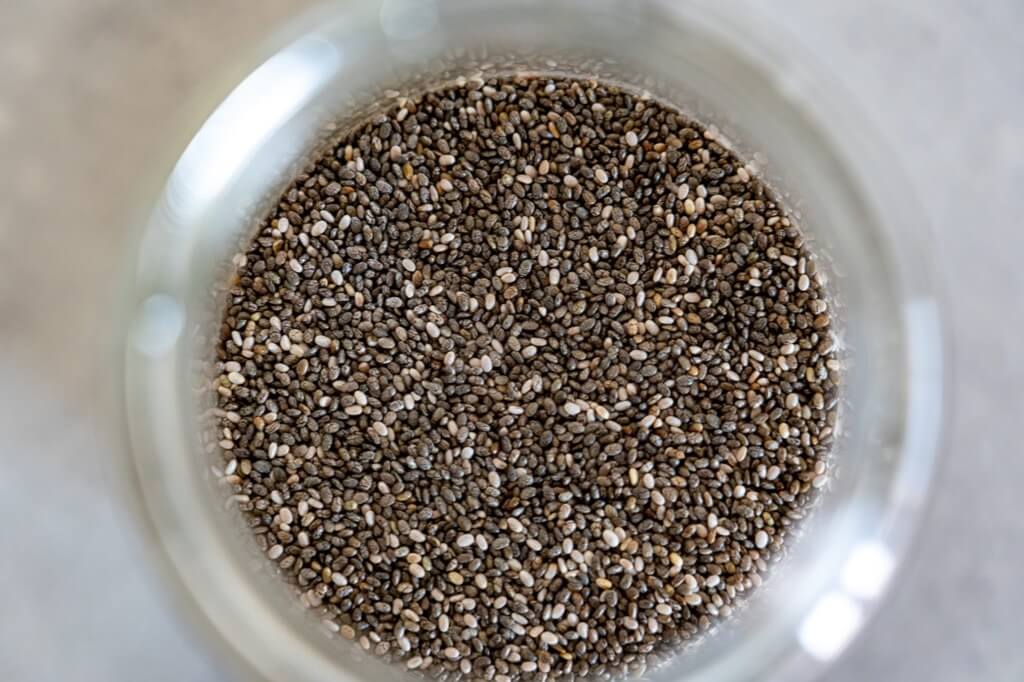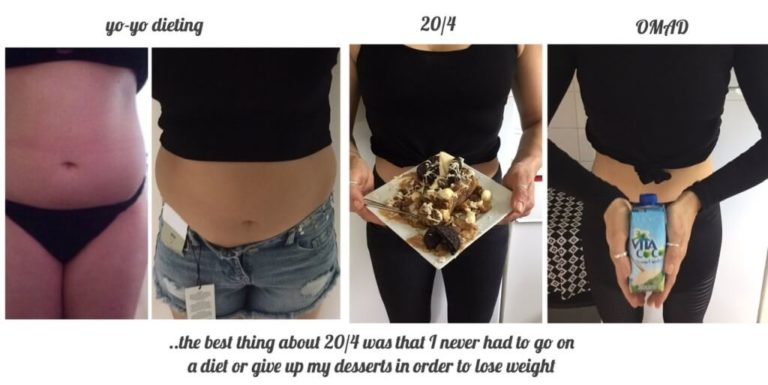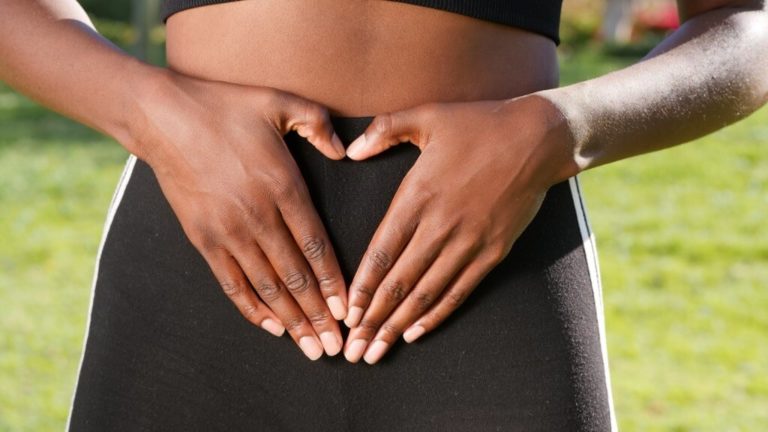HOW TO AVOID HUNGER AND CONSTIPATION DURING A FAST
You are probably familiar with the idea of adding fat into your hot beverages when fasting as a hack to help you fast longer due to decreased hunger but without elevating insulin. Keeping insulin low is key to unlocking fat burning. However, what if you don’t want the extra calories from fat, or you’re following a low fat or a plant based diet. Here I have a solution for you.
FIBRE
Fibre is the indigestible part of a carbohydrate. It’s also referred to as roughage. Unlike sugar and starch, the other two carbohydrate elements, fibre doesn’t raise blood sugar and doesn’t elicit insulin response. This is why, technically, fibre can be taken during a fast (if your primary fasting goal is weight loss) and can also be part of a low carb diet.
Constipation
The most common reason to consider taking fibre supplements during a fast would be to prevent constipation. Always read the label and avoid any type of sugar or added ingredients. Psyllium husk is a safe fasting option and it is also a popular item in low carb baking.
Hunger
Another reason as to why you would want to consider taking fibre during a fast would be to lessen hunger. Fibre can provide a sense of fullness without raising blood sugar. It may contain some calories but if you’re fasting for weight loss, your main focus is keeping insulin low so that you can burn rather than store fat. Few calories won’t matter and can always be accounted for in the eating window if you wish. Not triggering insulin during a fast is perhaps more important than consuming a few calories.
Fibre works on a similar principle as adding fat into your beverages when fasting but with far less calories.
CHIA SEEDS
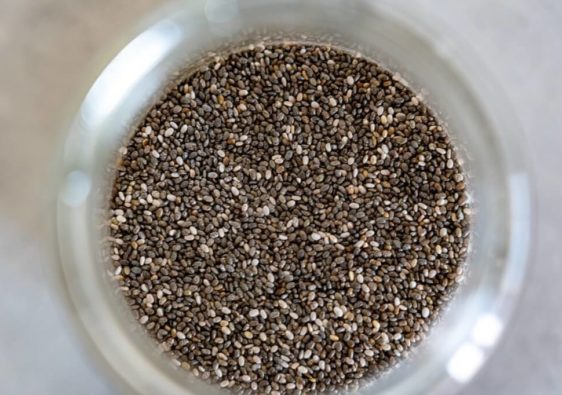
Chia is mentioned and recommended by Dr Fung on his website and well as in his book, as an option to suppress hunger during fasting. Chia seeds are high in soluble fibre, good source of plant based Omega 3 fatty acids, high in protein, and also contain some essential minerals and vitamins.
When water is added to a food the soluble fibre thickens and becomes sticky, gummy and gel like.”
They absorbs up to 10 times their weight in liquid which helps with hunger by creating a sense of fullness when taken during a fast. If you don’t like the texture of a jelly, soaked chia seeds are definitely not for you.
Taste:
The seeds don’t have any distinctive taste, perhaps slight nutty tones.
Texture:
Dry seeds. When dissolved in water they form a gel like texture.
NUTRITIONAL CONTENT
Nutritional content per 1oz (28g)
- Calories: 138
- Carbohydrates: 12g
- Fibre: 9.8g
- Fat: 8.7g
- Sugars: 0g
- Protein: 4.7g
Carbohydrates:
1 oz of chia seeds contains 12 grams of carbohydrates of which almost 10g comes from fibre.
Sugar:
Chia contains zero sugar.
Fat:
Chia is one of the richest plant sources of Omega 3 fatty acids. The ratio of Omega 3 to Omega 6 is particularly impressive. Ideal diet would have a ratio of 1:1, however, a typical western diet is closer to 1:20. Chia seeds ratio comes to 1:3.
This isn’t a post about fatty acids but in short, the ratio matters because typically Omega 6 fatty acids are inflammatory and Omega 3 fatty acids are anti-inflammatory. These are both essential and must be acquired from food. We need a higher ratio of Omega 3 to Omega 6 fatty acids.
Protein:
Chia seeds contain all 9 essential amino acids, it is a complete protein, making it an excellent protein choice for anyone following a plant based diet. Protein amounts to 18-24% of the mass.
Minerals:
Chia seeds are an abundant source of many essential minerals such as potassium, calcium, magnesium, phosphorus.
Gluten:
Chia is gluten free.
DRY OR SOAKED
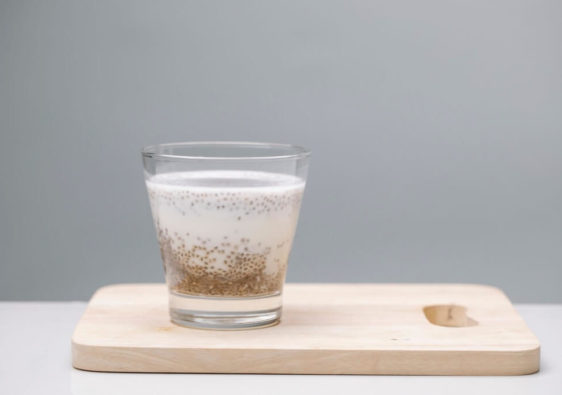
Preparation:
- Dissolve 1-2 tablespoons in 1/2 cup of water, stir well and let sit for 15-20 minutes, stirring occasionally, ideally let it sit in the fridge overnight to form a gel like pudding. You can make a bigger portion and keep it in the fridge for up to 5 days. Take a tablespoon when needed.
- Mix seeds in a glass of water and drink straight away.
- Swallowing dry chia seeds may be dangerous mainly for people with swallowing problems. Remember, chia expands very quickly when it comes in contact with liquid. There is a known case where a person taking dry chia ended up with blockage in his oesophagus (a muscular tube connecting mouth to stomach).
Where to buy:
Chia is easily available in health shops or whole food stores but you can also find it in supermarkets, usually in the aisle with nuts and seeds, or in the baking aisle. You can choose whole seeds, milled variety and also chia and flaxseed mixture.
SUMMARY
fibre does not elevate insulin
however calories break a fast
ok if fasting for weight loss
avoid if fasting for gut rest
use on a need to basis during a fast but don’t rely on it
chia can help with hunger, appetite suppression, stool softening which may help with constipation
doesn’t contain sugar and is gluten free
may be part of the ketogenic diet
plant based source of mega 3 and contains all essential amino acids
can be used in cooking, baking, desserts
